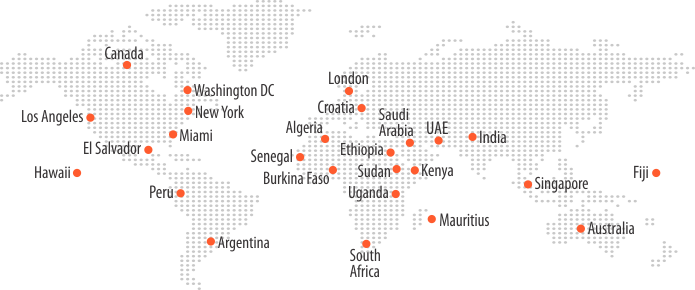Decoding the Myths of VoIP Call Quality

In the past, when most everyone used wired landline phones, call quality was high and static or dropped calls rare. When VoIP and wireless usage became more predominant, end users became more accustomed to dropped calls and needing to dial back. At that time, the tagline of a U.S.-based carrier’s TV commercial posed the question, “Can you hear me, now?” to illustrate the importance of good call quality and the fact that not every call could be relied upon for a satisfactory customer experience. Despite this willingness to trade convenience and lower cost for quality in wireless calling, poor call quality, or low answer-seizure ratios (ASR), as well as average call durations (ACD) or post dialing delays (PDD) can result in customer dissatisfaction and high customer churn rates for voice services.
On the wholesale side, research firm GlobalData notes that carriers are under pressure to accelerate new services in addition to their voice offerings. Voice services remain important to providers, including telcos, ISPs, cable operators or Over-the-Top (OTT) operators, and can be the entry point for enhanced service offerings. Wholesale carriers also face the need to serve a broader range of customers ranging beyond traditional carriers to OTT, MVNOs and multinational enterprise clients that also want to serve their customer base with a wide portfolio.
While legacy telco providers may have their own networks, other traditional carriers, OTTs and MVNOs may choose to white label or outsource a delivery platform. A benefit of a hosted model such as this is that it avoids the obsolescence of networks if one has chosen to work with an agile provider with advanced routes and an innovative portal for ordering, purchasing routes and termination arrangements, as well as intelligent call routing to ensure call completion with low latency. Additional features of a high-quality wholesale platform include access to multiple operator product offerings with various quality parameters and subscription models, direct routes to operator networks and traffic transparency via advanced reporting.
Important metrics of quality include low answer-seizure ratios (ASR), average call durations (ACD) or post dialing delays (PDD). Answer Seizure Ratio (ASR) is based on the percentage of answered calls out of total attempted calls or seizure volume. Incomplete calls include dropped calls and busy signals. A good ASR is around 50 percent and anything above 60 percent is considered excellent. It is important to remember when considering the ASR that busy signals or unanswered calls are not the fault of the network.
Average call duration is also a quality measure and an indicator of answered calls that are not dropped or abandoned due to echo, jitter, delay, multiple handoffs or network congestion. The measure is duration of all answered calls divided by the number of answered calls. An ACD of four to five minutes is considered average, whereas anything above six minutes is excellent. Factors include latency, the time between the moment a voice packet is transmitted and the moment it reaches its destination. Latency should range from 20 to 150 milliseconds, and jitter should range from 40 to 100 milliseconds to avoid severe deterioration in call quality as parts of the conversation are lost. Post Dialing Delay measures the length of time between the completed dialing and return of ringing, busy signal or recorded message. An acceptable PDD is about five seconds with user perception playing a role in satisfaction with the PDD.
When considering a wholesale provider for hosted voice or a platform for trading and settlement of wholesale interconnect voice services, it is important to see what quality assurance participating carriers offer. One option is BridgeVoice’s Pluto, which assists in buying, selling and trading high-end, wholesale VoIP routes and termination services. The platform’s switching innovation, and integrated business and policy management features provide wholesale VoIP service providers and carriers with an opportunity to increase customer satisfaction along with optimization of investment and operational cost. On the network side, customers obtain preferred choice routing, assured quality route termination and 100-percent Calling Line Identification support.






